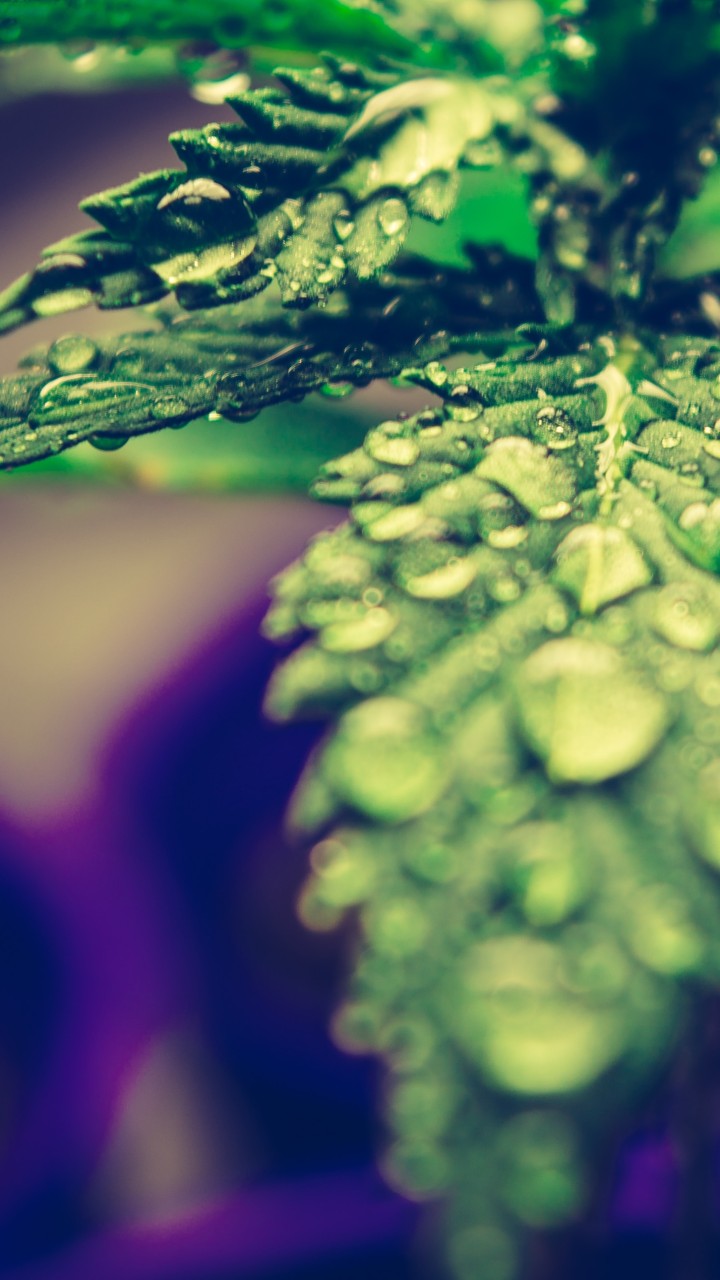
Awesome Benefits of Hemp Fabric
By WeedyDidie
Highly Antimicrobial
Hemp fabric is naturally resistant to bacteria, which prevents dermatitis. This can be especially important for baby textile, as diapers can leak or babies can burp.
Strong and Abrasion Resistant
Hemp is known as one of the strongest and most long lasting fabric, it does not lose shape and retains color better than other fabrics.
Hemp fiber clothing is lightweight and absorbent, and has a tensile strength three times higher than cotton
Unlike other fabrics, hemp is less amorphous, i.e. it’s better at keeping its shape. It is less prone to change in shape at molecular scale, so knicks and abrasions are less likely to cause damage to the fiber.
Hemp is UV Protectant
Hemp provides natural UV protection as hemp is a plant and it absorbs UV rays but its fibers are resistant to being worn away by the sun, unlike other fibers such as silk or cotton.
Excellent Breathable and Insulation Properties
Some clothing fabrics are there to keep you warm or keep you cool, but only a few are able to do both. The unique structure of the cellulose fibers in hemp fabric produces the combination effect of breathability.
Water Absorbent
Hemp clothing is one of the most water-absorbent clothes out there.
Hemp
is the most
environmentally
friendly fabric
Carbon Equalizer
Hemp plants produce more oxygen and absorb 4 times more carbon dioxide than trees and other fibers.
Hemp also produces more fiber per acre than trees, and can be renewed two to three times a year.
Hemp farming uses two times less water than cotton
This means that less water is needed to grow crops which results in less damage to the environment.
Less Acreage
Growth of hemp needs
up to 40% less amount of land than cotton to produce the same amount of fiber.
Organic Growth
Hemp is one of the very few plants which can muster a fully accessible harvest without the assistance of fertilizers and pesticides. This makes it 100% organic crop.
This means that hemp has the potential to help reduce the global carbon footprint by up to
37%
if we all were to switch to hemp